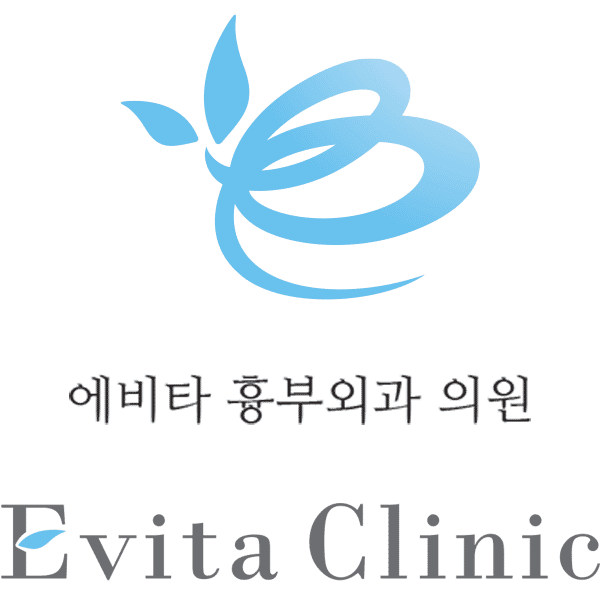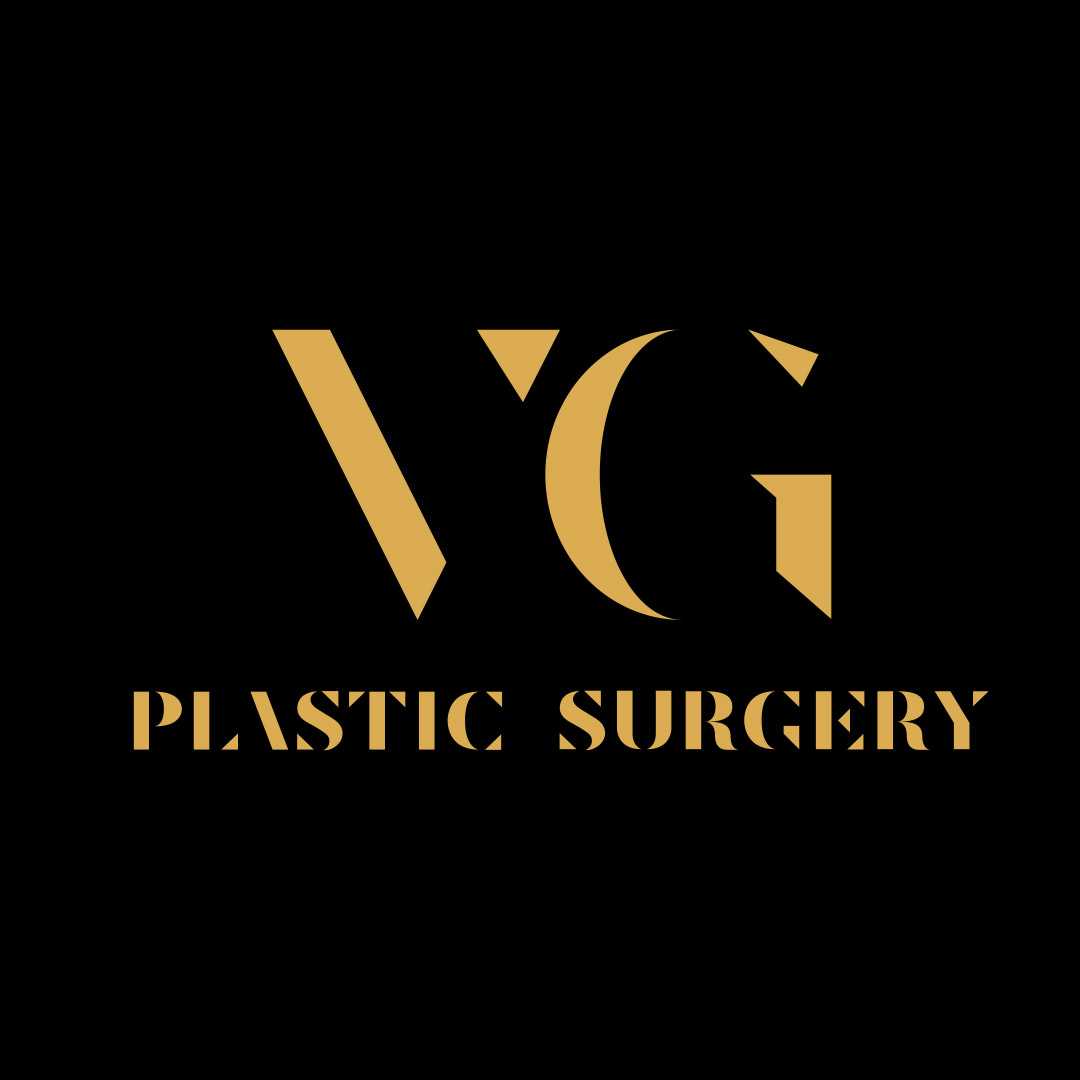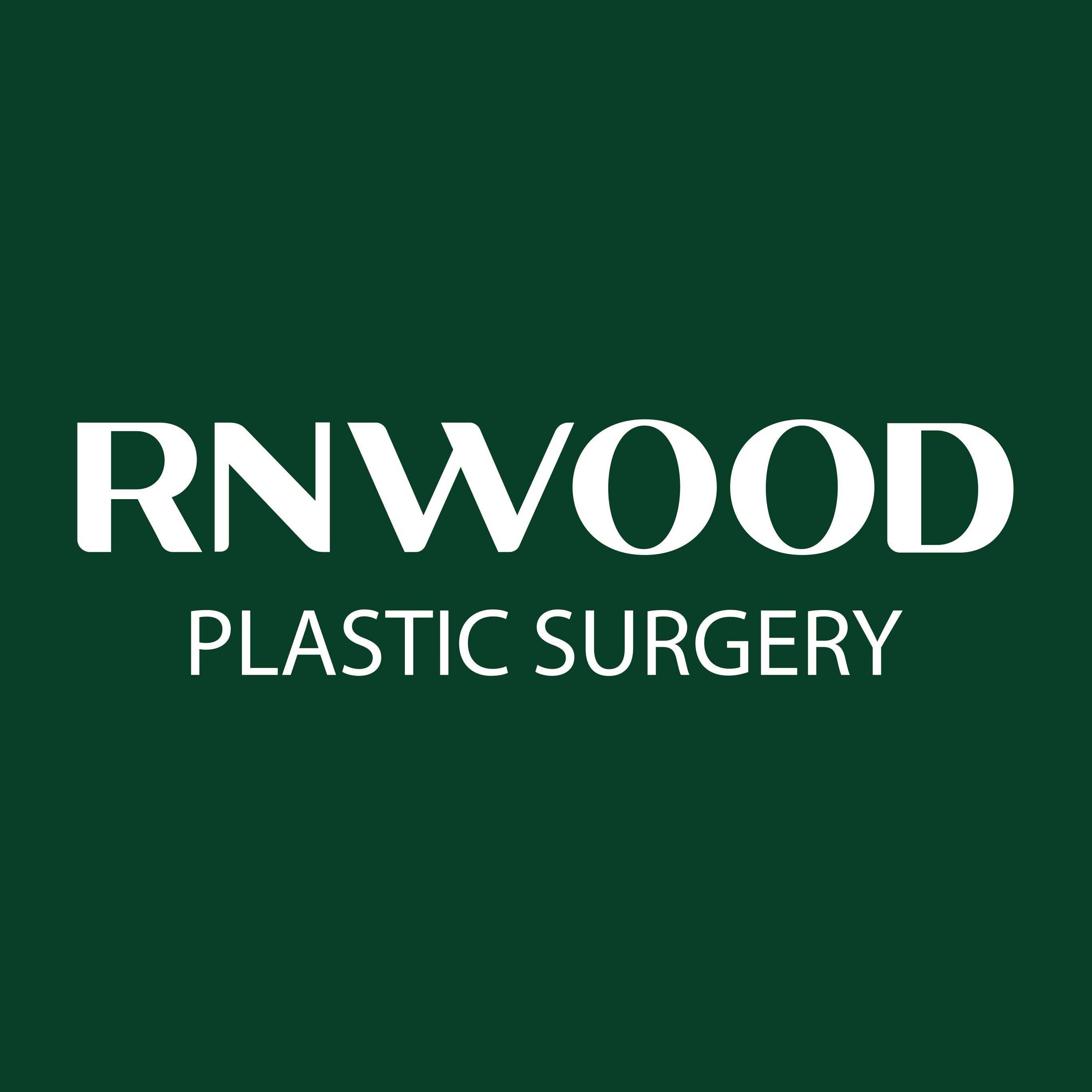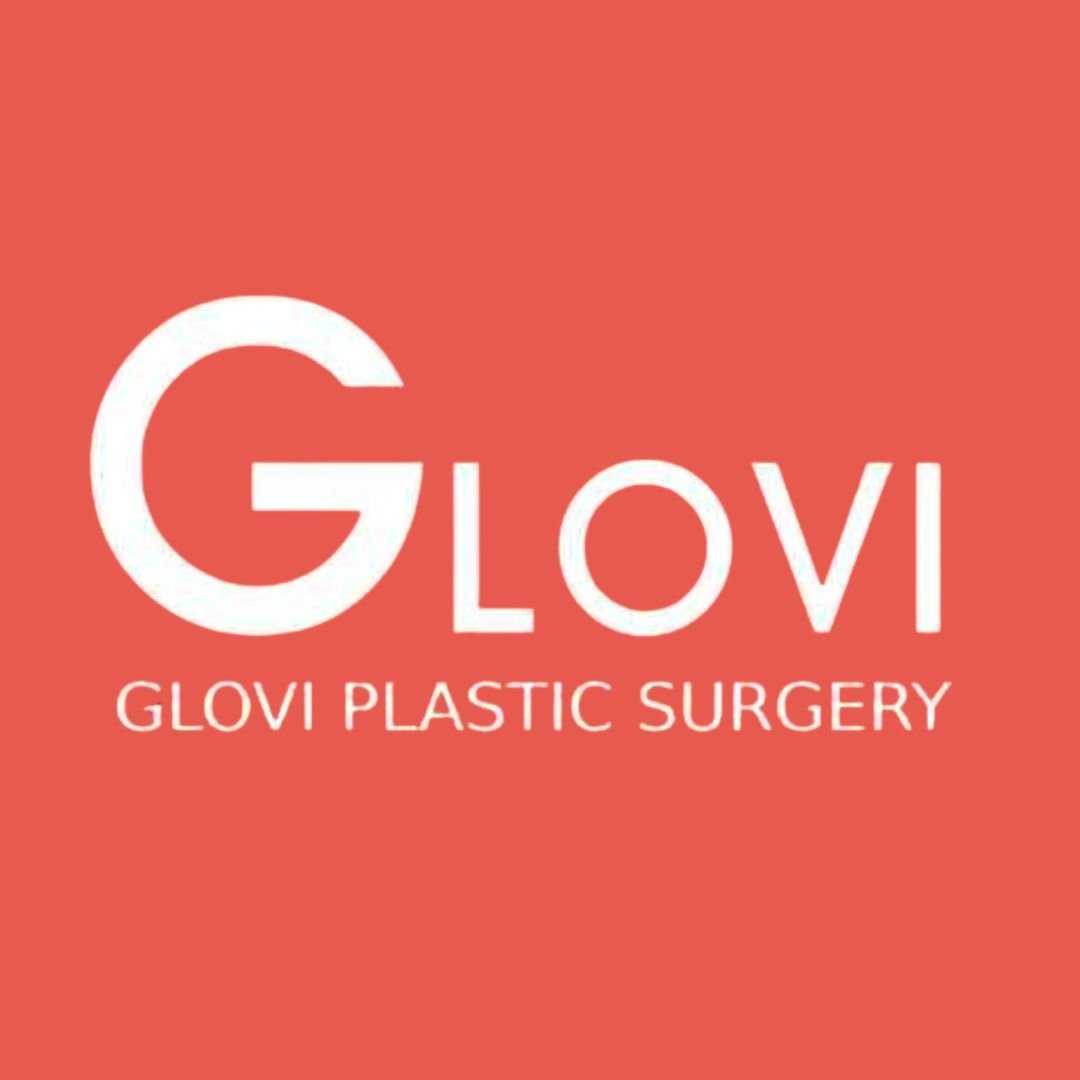Gangnam Gynecomastia Surgery: A Patient's Prep Guide
-in-Gangnam.png)
Let's be real for a second. Deciding to get gynecomastia surgery, or "male breast reduction," is a massive step. It's something you've probably thought about for years. And then, you add another layer: traveling for it. You're not just going down the street; you're heading to Gangnam, Seoul—one of the world's plastic surgery capitals. It's exciting, sure, but man, it can feel overwhelming. You're not just packing a bag; you're coordinating a life-changing procedure in another country.
The good news? You're not the first to do it. Not by a long shot. Gangnam's clinics are world-renowned for a reason, and they're incredibly experienced with international patients. But their expertise doesn't replace your need to prepare. Proper preparation is honestly like 50% of the battle. It's the difference between a smooth, healing journey and a stressful, complicated mess. This guide is your step-by-step playbook. We're going to break down everything—from the first consultation to the moment you land in Incheon—so you can walk into your Gangnam clinic feeling confident and ready.
Your Preparation Guide for Male Breast Reduction in Gangnam
Think of this as a timeline. You can't just book a flight for next week and hope for the best. This kind of medical tourism requires planning. Let's start from the beginning.
Step 1: The Digital Deep Dive & Virtual Consultations (6-12 Months Out)
This is your research phase. Don't rush it. You're choosing a surgeon who will permanently alter your chest. Your primary goal is finding a board-certified plastic surgeon and a reputable clinic in Gangnam that specializes in gynecomastia.
- Vet the Clinics: Look for clinics with clear before-and-after galleries. Are the results natural? Do they have experience with body types similar to yours? Look for reviews from other international patients.
- Book Virtual Consultations: Almost every major Gangnam clinic offers this. This is your interview. Prepare questions. Ask them:
- Are you board-certified in South Korea?
- How many gynecomastia procedures do you perform a month?
- What technique will you use for me (liposuction, gland excision, or both)?
- What are the risks? How do you handle complications?
- What does the all-in price include (anesthesia, post-op checks, compression garment, etc.)?
- Understand the Cost: This is a big one. The cost of male breast reduction in Gangnam can vary wildly. You might see prices advertised from $3,500 to $8,000, and some high-end clinics could charge even more. The price depends on the surgeon's experience and the complexity of your case. Get detailed, written quotes from your top 2-3 choices.
Step 2: Medical Clearance & Booking (2-3 Months Out)
Once you've chosen your surgeon, it's time to get official.
- Get Home-Based Medical Clearance: Your Gangnam clinic will need to know you're safe for surgery. Visit your local primary care doctor. Tell them your plan. They'll likely run a standard pre-operative panel: blood tests, maybe an EKG (heart check), and a general physical. Get a letter from them clearing you for surgery under general anesthesia. Your Korean clinic will give you a list of tests they need.
- Send Your Records: Scan and securely send all your medical history and new test results to your Gangnam clinic coordinator. They must have this. Be transparent about *everything*—medications, supplements, allergies, past surgeries.
- Book It: Once the clinic's medical team reviews your file and gives the green light, you'll pay your deposit and book your surgery date.
Step 3: The Lifestyle Lock-In (4-6 Weeks Out)
This part is non-negotiable. Your surgeon will drill this into you, and for good reason. Failing here can get your surgery canceled or lead to serious complications.
- STOP Smoking & Vaping: I mean it. All nicotine—cigarettes, vapes, patches, gum—must stop. Nicotine constricts your blood vessels, which strangles the oxygen supply to your healing tissues. It can lead to skin death (necrosis) and terrible scarring. Stop at least 4 weeks before and plan to stay off it for at least 4 weeks after.
- Pause Alcohol: Stop drinking alcohol at least one to two weeks before your surgery. It thins your blood, which increases bleeding risk, and it can interfere with anesthesia.
- Check Your Meds & Supplements: This is critical. You must stop taking anything that can thin your blood. This includes:
- Aspirin (and products containing it)
- Ibuprofen (Advil, Motrin) and other NSAIDs
- Herbal supplements like Vitamin E, fish oil, garlic, ginseng, and ginkgo biloba.
Give your surgeon a complete list of *everything* you take, even a daily multivitamin. They will tell you exactly what to stop and when.
Step 4: Travel & Logistics (2-4 Weeks Out)
Now you plan the "tourism" part of medical tourism.
- Book Flights & Accommodation: Book your flight to Incheon International Airport (ICN). Plan to arrive *at least* 2-3 days before your surgery date. This gives you time to acclimate, get over jet lag, and have your in-person consultation.
- Your "Recovery Nest": Don't book a party hostel. You need a quiet, comfortable place to recover. A hotel or Airbnb near your clinic in Gangnam is ideal. Make sure it has a good bed, a small fridge (for ice packs and drinks), and Wi-Fi. You'll be here for a while. Most surgeons recommend you stay in Seoul for 10-14 days post-op.
- Arrange a Caregiver: You will not be allowed to leave the clinic alone after general anesthesia. You *must* have a responsible adult to pick you up, get you to your hotel, and stay with you for at least the first 24-48 hours. If you're traveling alone, ask your clinic. Many provide or can recommend a medical chaperone or nurse service for an extra fee. Do not skip this.
Step 5: The Packing List (1 Week Out)
You're not packing for a vacation; you're packing for a recovery.
- The "Uniform": This is your post-op outfit. You'll live in it. Think:
- Zip-up hoodies or button-down shirts. You will NOT be able to lift your arms over your head to pull on a t-shirt. This is the most important clothing tip.
- Loose-fitting sweatpants or pajama bottoms.
- Slip-on shoes or slippers.
- Recovery Aids:
- A travel pillow or "neck donut." You may need to sleep elevated or on your back, and this helps.
- Long charging cable for your phone so it can reach your bed.
- Simple, non-perishable snacks (crackers, protein bars).
- Lip balm. Anesthesia and hospital air will make you very dry.
- Basic toiletries (face wipes, dry shampoo). You might not be able to shower normally for a couple of days.
- The Essentials: Passport, travel documents, copies of your medical records, and your clinic's contact info.
Step 6: Arrival in Gangnam & Final Consultation (1-2 Days Before Surgery)
You've made it! Land at Incheon, get a SIM card or pocket Wi-Fi at the airport, and take a cab or the airport bus to your hotel in Gangnam.
Your first stop, probably the day after you land, will be the clinic. Here's what happens:
- Meet Your Surgeon: You'll finally meet your surgeon in person. They'll review your goals, examine your chest, and draw the surgical markings. This is your last chance to ask any lingering questions.
- Final Pre-Op Tests: Even with your tests from home, the clinic will likely run its own bloodwork, a chest X-ray, and an EKG to ensure everything is perfect for surgery day.
- Pay Your Balance: This is when you'll typically pay the remaining balance for your procedure.
- Get Your Prescriptions: They will often give you your post-op prescriptions (antibiotics, pain meds) in advance so you can have them ready at your hotel.
Step 7: The Day of Your Transformation (Surgery Day)
The big day. It's usually simpler than you think. Your clinic will have given you a strict timeline.
- Fasting is Mandatory: You must have an empty stomach. This means *no food or drink* (not even water!) for at least 8 hours before your scheduled surgery time. This is a safety rule for anesthesia.
- Shower: That morning, take a shower using an antibacterial soap. Do not apply *any* products afterward: no deodorant, no lotion, no cologne.
- Dress the Part: Wear the comfortable, loose, zip-up outfit you packed.
- Remove Everything: Leave all jewelry, watches, and piercings at your hotel. Do not wear contact lenses. Remove any nail polish.
Then, you just... show up. The team will take it from there. You'll change, they'll place your IV, you'll meet the anesthesiologist, and the next thing you know, you'll be waking up in recovery, wearing your compression garment.
Step 8: Plan for the Post-Op (A Critical Pre-Op Mindset)
A huge part of preparing is knowing what comes *after*. Your job isn't done when you wake up. You need to be a good patient.
- Embrace the Garment: You will be in a snug compression vest. This is your new best friend. It controls swelling and helps your skin adhere to your new chest contour. You will wear this 24/7 (except for showering, when allowed) for several weeks.
- Walk Around: Don't just lie in bed. Light walking (around your hotel room, down the hall) is crucial. It promotes blood circulation and helps prevent dangerous blood clots.
- No Heavy Lifting: This is not a joke. No lifting your luggage, no grocery bags, and definitely no gym. You can't lift anything heavier than a gallon of milk for at least 4-6 weeks.
- Attend Your Follow-ups: You'll have post-op check-ins with your clinic in Gangnam before you fly home. They'll check your incisions, remove drains if you have them, and give you the all-clear to fly. Do not miss these.
Frequently Asked Questions (FAQs) About Gynecomastia Prep
These are the questions we see all the time from guys just like you, pieced together from "People Also Ask" and real patient concerns.
How long do I really need to stay in Gangnam after surgery?
Plan for a minimum of 10 days, but 14 days is safer. You'll typically have your surgery, recover for a day or two, and then have at least one or two follow-up appointments. Your final check-up and suture removal (if you don't have dissolvable ones) usually happens around the 7-10 day mark. You want to be cleared by your surgeon *before* you get on a long-haul flight.
Can I really travel alone for this?
You *can*, but it's tough. As mentioned, you absolutely need someone—a friend or a hired nurse—for the first 24-48 hours. After that, you'll be mobile but sore. Simple things like getting food or carrying your bag will be a challenge. If you're mentally prepared for a very quiet, solo recovery, it's possible. But having support is always, always better.
What are the signs of a complication I should watch for?
Your clinic will give you a detailed list, but the main red flags are: excessive, one-sided swelling (one pec is suddenly *much* bigger than the other), extreme pain that isn't helped by your medication, a fever over 101°F (38.3°C), or bright red, hot, and pus-filled incisions. Your clinic will give you a 24/7 contact number (often via an app like WhatsApp or KakaoTalk) for emergencies.
When can I work out again after my surgery?
Take it easy. This is a marathon, not a sprint.
- Weeks 1-2: Only light walking.
- Weeks 3-4: You can usually introduce light cardio (like an elliptical or stationary bike) and lower-body exercises.
- Weeks 4-6: This is the absolute *earliest* most surgeons will clear you for light upper-body workouts and lifting. Do not, under any circumstances, go for a new personal record. Listen to your body and your surgeon.
Will my gynecomastia come back?
The fat cells and glandular tissue that are removed are gone forever. However, if you gain a significant amount of weight, the remaining fat cells in the area can expand. If your gynecomastia was caused by medications or hormonal issues (like steroid use), it could theoretically return if you resume those activities. But for most patients, the results are permanent.
What should I eat and drink before and after surgery?
Before surgery (up until your fasting window), focus on healthy, balanced meals. Stay well-hydrated. After surgery, stick to light, easy-to-digest foods for the first 24 hours (crackers, broth, toast). After that, focus on a high-protein, low-sodium diet. Protein helps rebuild tissue, and low sodium helps reduce swelling. And drink a ton of water.
Your New Chapter Starts with a Plan
This is a lot of information, I know. But preparing for your gynecomastia surgery in Gangnam is the single best way to protect your investment and your health. This journey is about more than just a procedure; it's about taking control and finally feeling comfortable in your own skin.
Feeling overwhelmed by the options? You don't have to do this alone. At PlacidWay Medical Tourism, we specialize in connecting patients just like you with the most trusted, pre-vetted clinics in South Korea. We can help you navigate the entire process, from finding the perfect surgeon to coordinating your travel.
Ready to take the next step? Contact PlacidWay today for a free, no-obligation consultation. Let's build your personalized plan for a confident new you.


.png)







.png)






Share this listing